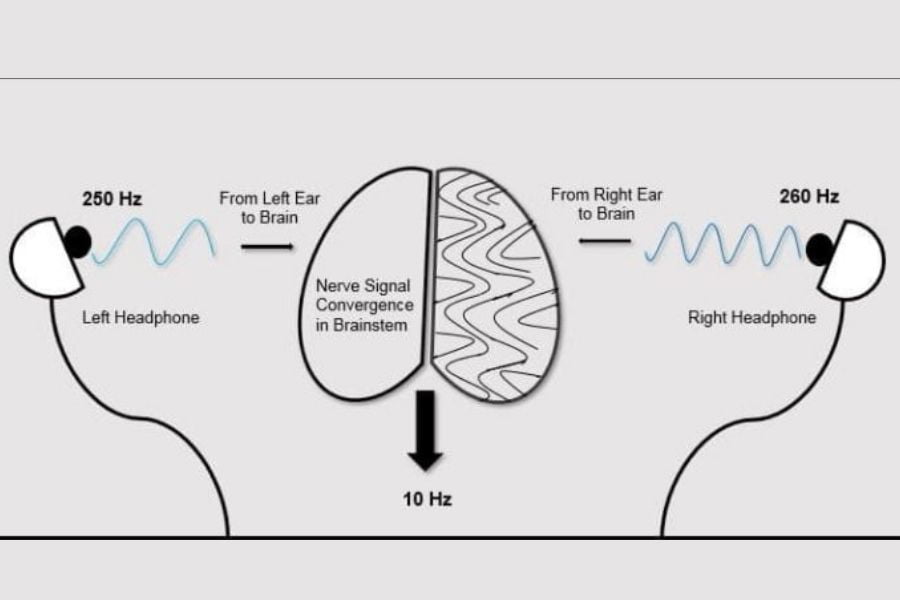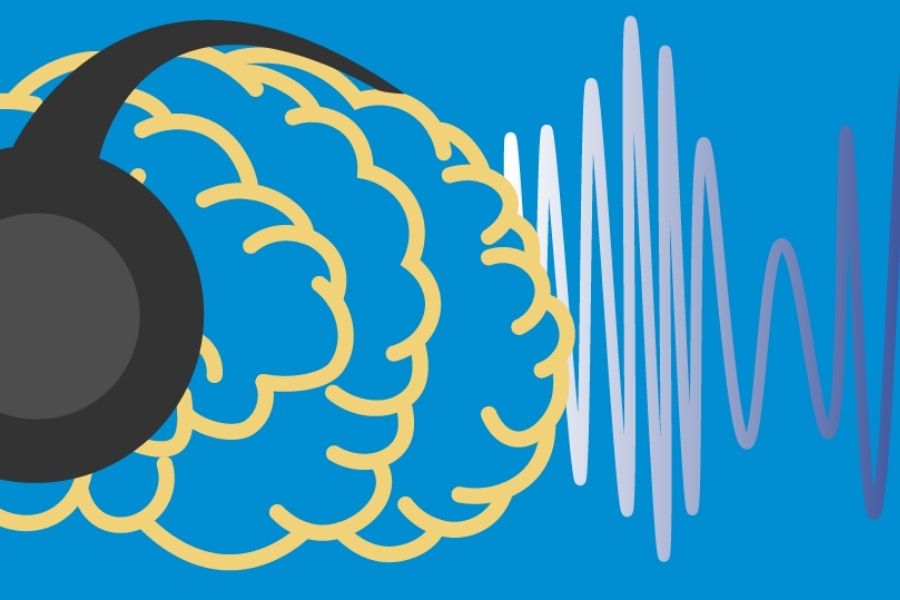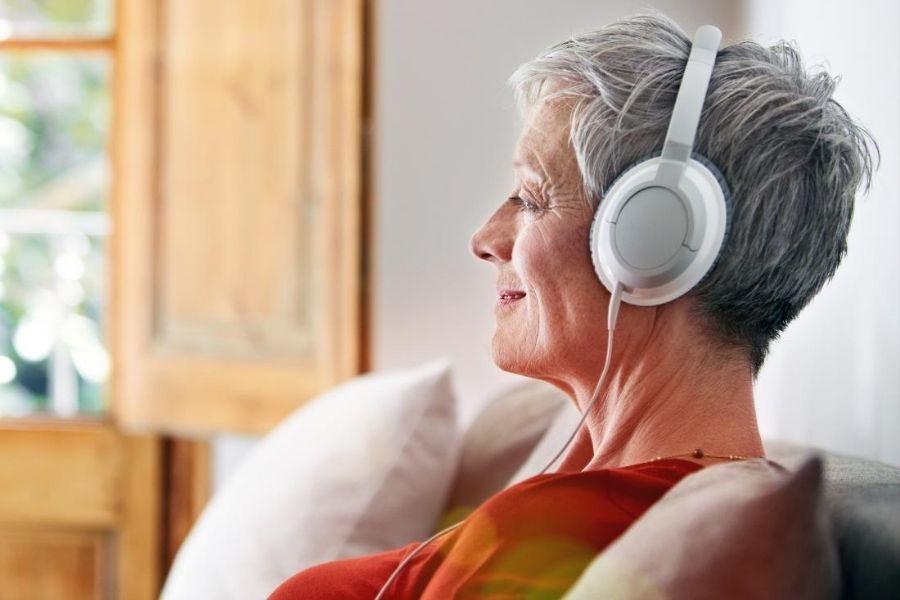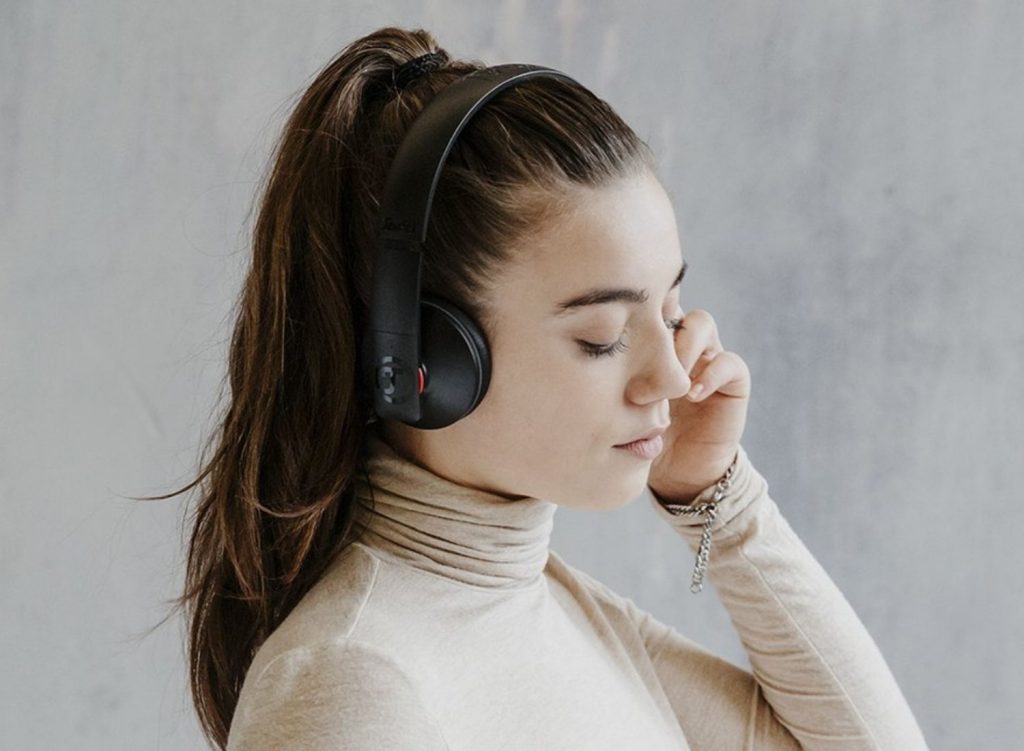Binaural beat therapy is a type of sound wave therapy that suggests using binaural beats for mental health. Binaural beat therapy uses the fact that each of the right and left ears experience a slightly distinct tone of the pitch, but the brain interprets it as a single tone. The proponents of this form of therapy are currently advocating for the treatment of anxiety, stress, and related conditions. This self-help therapy is generally available in a variety of audio recordings that an individual listens to on a stereo headset.
Research on binaural beat therapy’s clinical effects is incomplete, and the physician should not supervise the administration of binaural beat therapy. It is also best not to substitute conventional stress and anxiety therapies with this form of intervention.
We clarify binaural beats for mental health in this article and look at recent studies to determine their efficacy. We’re still clarifying how to use it.
How Do Binaural Beats Work?

The sounds should have frequencies lower than 1,000 hertz (Hz) for the brain to sense the binaural rhythm, as per a 2015 review of the literature. The frequency difference between the waves entering the left and right ear is the binaural beat that a person perceives.
For instance, if a tone at 250 Hz is recorded by the left ear and the right ear records one at 260 Hz, the binaural beat is 10 Hz. It is the difference between the two frequencies captured by the left and right year. Listening to binaural beats for the recommended period may affect a person’s subsequent behavior and sleep cycles.
- Delta pattern
- Alpha pattern
- Beta pattern
- Gamma pattern
- Theta pattern
1. Delta Pattern
Binaural beats in the delta pattern function at an intensity of 0.5–4 Hz with sleepless bedtime connections. In the research, participants who got a delta pattern frequency during bedtime reached a better sleep stage depending on the outcomes of electroencephalogram (EEG) brain scan.
2. Alpha Pattern
The alpha pattern sounds are at an intensity of 7–13 Hz and may stimulate comfort.
3. Beta Pattern
Sounds in the beta pattern are at a rate of 13–30 Hz. This frequency range may aim to enhance mental alertness. However, it may also cause irritability at the relatively high end of that scale.
4. Gamma Pattern
This intensity level covers a range of 30–50 Hz. The researchers suggest that these frequencies encourage the upkeep of sexual excitement while the person is awake.
5. Theta Pattern
Therapists placed the theta pattern to an intensity of 4–7 Hz. Theta patterns lead to improved meditation, creative thinking, and sleep during the rapid eye movement (REM) phase.
How To Use Binaural Beats For Mental Health?

To listen to binaural beats, an individual would need a set of the audio headset and an MP3 player or maybe a music device. Because the guiding therapeutic experts don’t have any solid guidelines to use binaural beats for mental health, it is generally the tape producer who provides guidelines for usage. People need to follow the directions carefully. Someone who does not see any reduction in symptoms may benefit from trying another manufacturer, style of tone, as well as intensity. It is essential to stop binaural beat exposure when performing activities that require wakefulness and undivided attention, like driving.
Things To Keep In Mind!

- Do some reading about Binaural Beats Music so that you can build reasonable perceptions about how and what this audio practice could bring. Consider that it is not a conventional therapy or therapeutic approach to psychotherapy. It’s all holistic.
- If you’ve wanted to try Binaural Beats Music, ensure you’re not going to do things that need concentration, such as driving or starting to work during or shortly after hearing.
- Once you’re prepared with your headsets and tracks, find a peaceful and relaxing spot to listen to the tunes.
- Listen to your favorite track and let the music and the vibration intensity felt pass throughout you.
- The experience could be instant, or, in a few songs, you may notice yourself steadily progressing through the recorded gains.
- If you have any harmful effects, headaches, anxiety, or restlessness, this holistic technique may not be for you.
Read Also: Light Therapy In Wound Healing: What Is It?







